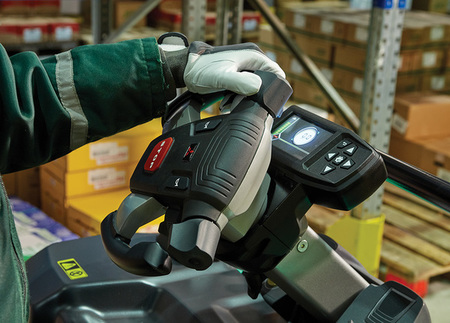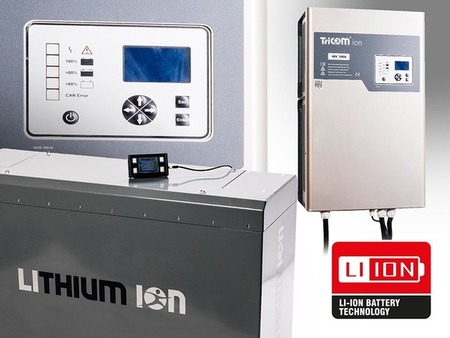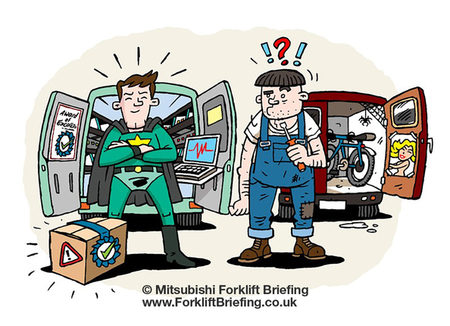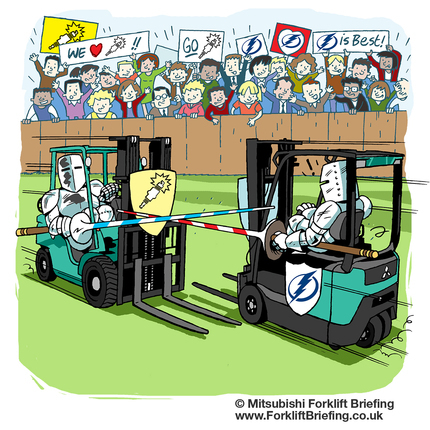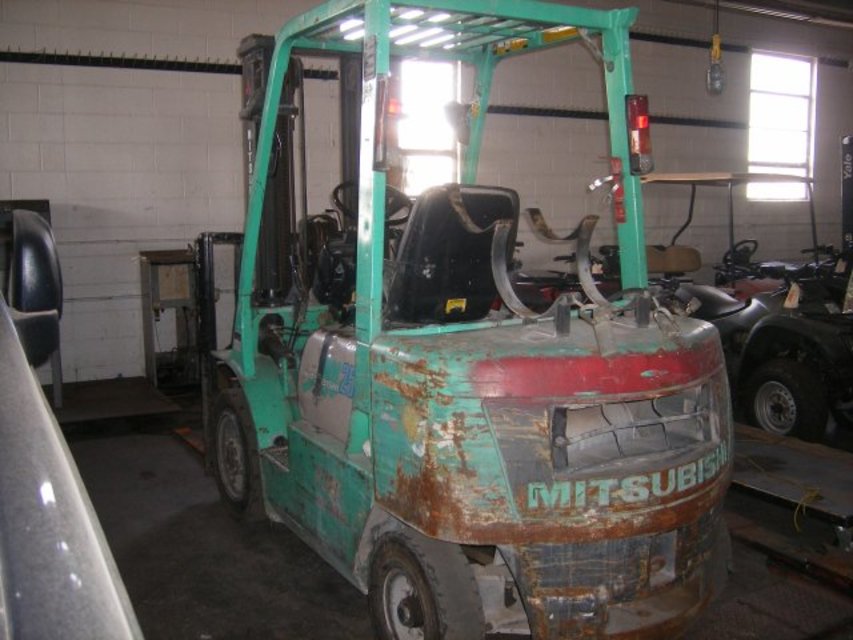
What are the signs your forklift may need replacement
Like all investment goods, a forklift or a warehouse truck does not have eternal life either. Depending on the intensity of the application, there comes a moment for every truck to be replaced. What do you need to pay attention to? What are the most striking signs of wear and tear?
Hours
One of the obvious things is of course the number of working hours. Depending on the lift truck type, more and more expensive maintenance is expected over 10,000 hours. That is also why many rental contracts have a duration of 60 to 72 months, or 5 to 6 years with an average of 1750 to 2000 hours per year. After that, engines and gearbox may require more care and revisions, carbon brushes with electric motors need replacement and engines need to be kept extra clean.
External appearance
A forklift that works day in and day out in a salty environment or near hot furnaces, looks after a few years quite different from a machine that occasionally helps unloading pallets with light consumer goods. Rust, burns, dents and collisions are those external details that give away that there may also be other problems with the machine. Are all seals still intact? And what about bearings and crucial welding points?
Worn forks and chains
A chain always stretches during use. At a certain moment you reach the point when further deployment becomes less safe. The service technician measures the degree of stretching and knows whether the chain needs to be replaced. If the chain is replaced, it is also important to look at the wheels and rollers. Add this to possible other wear of several mast parts and it may be more useful to replace the forklift truck.
Forks also wear during use. They should remain fully straight and damage free and should not show any crack. The bend of the heel should not wear out too much and therefor also this component needs good care and regular inspection.
Batteries
An average lead-acid traction battery is built for a lifespan of approximately 1500 - 2000 charge and discharge cycles. At least, if proper maintenance has been carried out. This means no intermediate charges, properly completed charging cycles, good connections between the cells and always keeping the right level of electrolytes. Also the use of the battery itself determines the lifespan. Never keep working if the discharge indicator is at 20% residual power, because going any further can cause substantial damage.
Damage
And then there is the external damage. If it is too obvious it tells you the truck had a rough life leading to consequences that may lie beneath the surface. But bent forks or dents in the overhead guard tell you that you have to take measures before you can use the forklift safely again.
- ACTION POINTS
- Check the overall condition of the forklift truck for dents, collisions and other damage
- Pay extra attention to forks
- Keep the traction battery in top condition
- Keep the fluid and oil levels at the correct level
- Check for oil leaks, both from the powertrain and the hydraulic system
- Ensure that periodic maintenance and inspections take place
- Never work with a lift truck that is faulty


